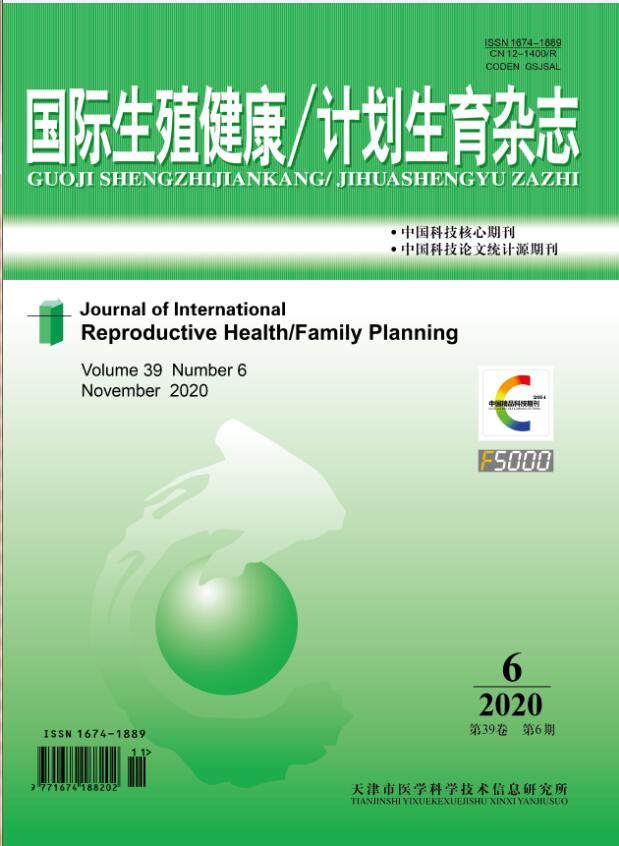|
|
Impact of the duration of elevated progesterone levels before the time of HCG administration on outcome of in vitro fertilization.
2017, 36 (1):
9-13.
Objective: To explore the impact of the duration of elevated progesterone level before the time of HCG administration on pregnancy outcome of in vitro fertilization during controlled ovarian hyperstimulation (COH) . Methods: From January 2012 to December 2014,the data of 398 infertile patients receiving IVF-ET or ICSI -ET in the hospital were selected as study groups, according to the serum progesterone level lasts 2 days in the same range before the time of HCG administration(including the day of HCG injection and the previous day), the patients were divided into three groups ,group A:progesterone <1.5ng/ml for two days; group B progesterone 1.5~2.0ng/ml for two days; group C:progesterone>2.0ng/ml for two days. Analyzed retrospectively of?these data, then the cinical data and the outcomes of IVF/ICSI-ET were compared among the 3 groups.Results: There was no statistical difference in Age, duration of infertility, the mean total dose of gonadotropin, number of oocyte retrieval, and rate of normal fertilization, available embryo and high-quality embryo among the 3 groups(P>0.05). Compared with the group A, P > 2.0ng/ml for two days group significantly reduced in biochemical pregnancy, implantation , clinical pregnancy and live-birth?rate(P<0.05). The biochemical pregnancy ,implantation and clinical pregnancy rate of group B(P=1.5ng/ml~2.0ng/ml for two days) significantly lower than group A(P<0.05). Conclusions: In controlled ovarian hyperstimulation , there was a negative impact on outcome of in vitro fertilization when the P>2.5ng/ml on the day of HCG administration and the P>2.0ng/ml for two days before the time of HCG injection; the P=1.5ng/ml~2.0ng/ml for two days before the time of HCG injection could decrease the biochemical pregnancy, implantation and clinical pregnancy rate.However, there were no obvious influence to the live-birth?rate.
References |
Related Articles |
Metrics
|

